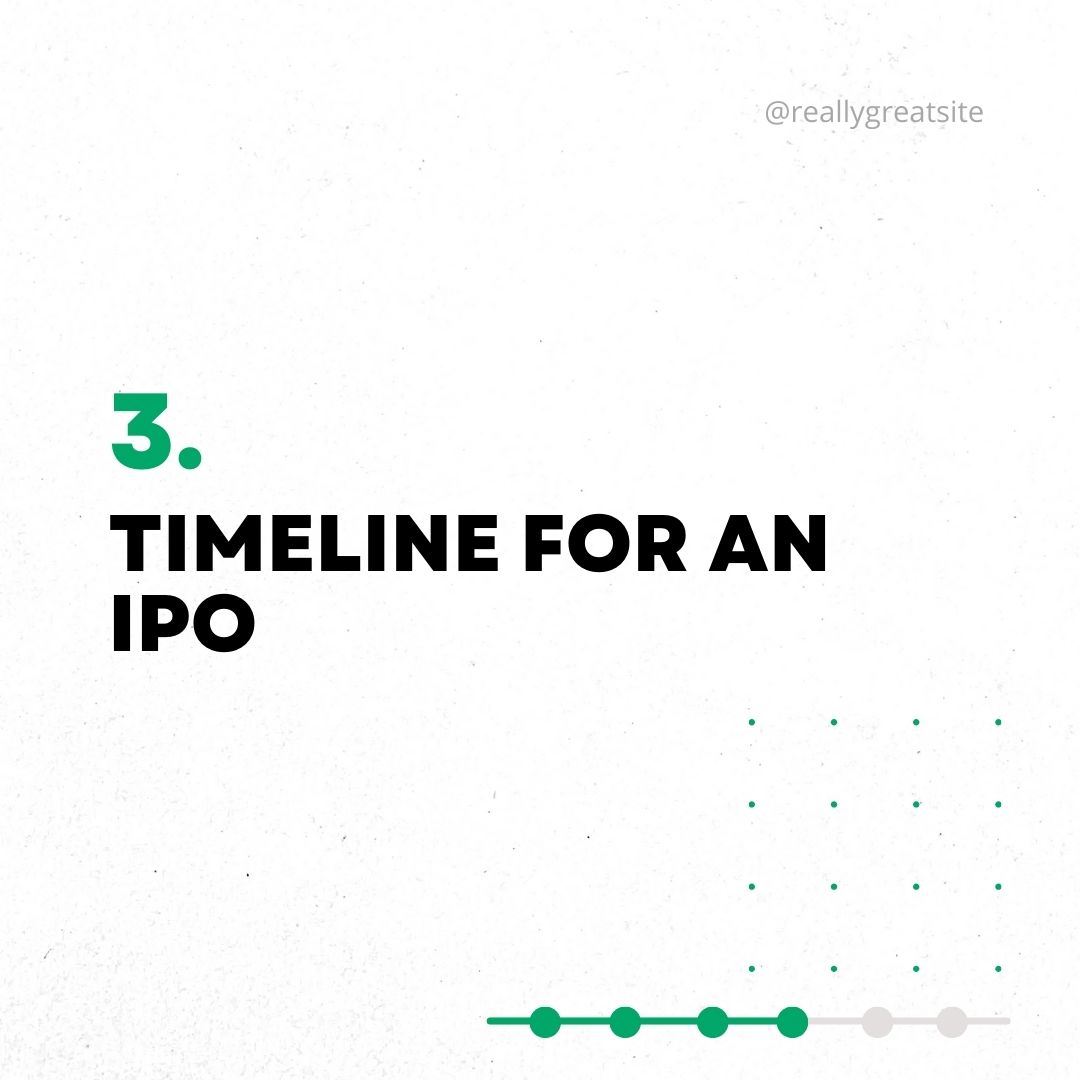Understanding the IPO Process in India: A Comprehensive Guide
Understanding the IPO Process in India: A Comprehensive Guide
An initial public offering (IPO) is a significant milestone in the life of a company. It signifies the moment when a privately held company becomes publicly traded, making its shares available to the general public for the first time. An IPO enables businesses to raise funds from public investors to support their growth and expansion. For investors, it opens up new opportunities for profit, but it also carries its own risks.
In this blog, we'll go over the IPO process, including the many varieties, how it works, the benefits and drawbacks, and what investors should keep in mind when participating in an IPO.

What is an IPO?
An initial public offering (IPO) is the procedure by which a private firm first makes its shares available to the general public. This allows the company to raise capital by selling ownership holdings to both individual and institutional investors. It represents the transition from a privately held company to a publicly traded one. Once the IPO is completed, the company's shares will be accessible for trading on stock exchanges.

Types of IPOs
There are two primary categories of IPOs:
- Fixed-Price Offering:
- In this sort of IPO, the company establishes a fixed share price prior to the public offering.
- Investors know how much they have to pay for each share, making the transaction straightforward and transparent.
- Fixed-price IPOs have traditionally been popular in India due to their simplicity.
- Book Building Offering:
- In a book-building IPO, the company provides a price range (price band) for the shares rather than a fixed price.
- Investors bid within this range, indicating how many shares they want to purchase and how much they are willing to spend.
- The final price is determined according to demand.
- This method is more dynamic and offers flexibility, making it popular among modern Indian companies.

How Does an IPO Work?
The IPO process consists of numerous steps to ensure regulatory compliance and transparency:
- Preparation Phase: The company recruits investment banks (underwriters) to help them navigate the procedure. They also perform rigorous due diligence, such as financial audits and legal checks.
- Filing the draft Red Herring prospectus (DRHP): The corporation submits a DRHP to the Securities and Exchange Board of India (SEBI). This document covers all of the relevant information about the IPO and the company's finances.
- Stock Exchange Selection: The company decides which stock exchange, such as the NSE or BSE, will list its shares for public trade.
- Roadshows: To promote the IPO, the company and underwriters hold roadshows to pitch the opportunity to potential institutional investors.
- Pricing: The final price of the shares is determined by market demand, particularly in book-building IPOs. The price is then mentioned in the final prospectus.
- Allocation: Shares are allotted to various investor types, including qualified institutional buyers (QIBs), non-institutional investors (NIIs), and individual investors.
- Listing: The company's shares are listed on the stock exchange, and investors can begin trading them in the secondary marketplace.
- Trading Begins: Once listed, the company's shares are accessible for trade on the stock exchange.
- Lock-Up Period: Promoters and early investors may be subject to a lock-up period that prevents them from selling their shares.
- Post-IPO Reporting: Following the IPO, the company must submit frequent reports on its financial and operating performance.

Timeline for an IPO
This is a typical IPO timeline:
Open/Close Date:
The IPO's open/close date determines when investors can apply for shares.
Allotment Date:
The Allotment Date is when the corporation announces which investors have been assigned shares.
Refund Date:
Investors who did not get shares will receive a refund.
Credit to Demat Account:
Allocated shares are transferred to investors' Demat accounts prior to the listing date.
Listing Date:
The company's shares were listed on the stock exchange and can now be traded.
Pros and Cons of Investing in IPOs
Pros:
1. Early Investment Opportunity: IPOs provide investors the chance to buy shares at the early stages of a company’s public journey, potentially benefiting from its long-term growth.
2. Potential for High Returns: If the company performs well after its listing, the share prices could increase, providing significant returns for early investors.
3. Access to Promising Companies: IPOs often involve innovative, high-potential companies that were previously private, allowing retail investors to be a part of their growth story.
4. Liquidity for Existing Investors: Founders, early investors, and promoters can monetize their investments by selling shares during the IPO.
5. Increased Visibility: Going public often increases a company’s visibility and credibility, which can positively impact its business relationships.
Cons:
1. High Risk: Newly public companies may not have a long track record of profitability, making them risky investments.
2. Volatility: IPO shares can be highly volatile during the early trading phase, and prices may fluctuate significantly.
3. Limited Historical Data: Investors may have limited access to a company’s past financial performance, making it difficult to conduct thorough due diligence.
4. Potential Overvaluation: Some IPOs may be overvalued, leading to a price correction after the initial listing.
5. Lock-up Period: Early investors may be restricted from selling their shares immediately after the IPO, which can affect the stock’s liquidity.

Why Do Companies Offer an IPO?
- Capital Infusion:
- IPOs help companies raise large sums of capital, which they can use for expansion, debt reduction, or other business needs.
- Liquidity for Investors:
- Existing shareholders, including founders, can monetize their investments by selling shares during the IPO.
- Enhanced Market Visibility:
- Publicly traded companies tend to enjoy greater visibility, credibility, and potential business opportunities.

How to Invest in an IPO?
Investing in an IPO is a straightforward process. Here’s what you need to do:
- Evaluate the IPO Prospectus:
- Study the DRHP to understand the company’s financial health, risk factors, and business prospects.
- Open a Demat Account:
- To invest in any IPO, you must have a Demat account where shares will be credited.
- Apply for the IPO:
- Once your Demat account is ready, you can apply for the IPO through brokers or online platforms. Specify the number of shares you want to subscribe to.

Key Terms in IPOs
- Underwriters: Investment bankers or brokers that help the company issue shares.
- Fixed Price IPO: Shares are sold at a pre-determined price.
- Book Building: A dynamic method where investors bid within a price range.
- DRHP: Draft Red Herring Prospectus, a preliminary IPO document.
- Price Band: The price range within which shares are offered.
- Green Shoe Option: A provision allowing underwriters to sell extra shares if there’s high demand.

Things to Remember When Investing in an IPO
- Research the Company:
- Study the company’s financials, business model, and potential for growth before making your investment decision.
- Understand the Lock-Up Period:
- Be aware of the lock-up period, which may restrict your ability to sell shares immediately after listing.
- Have an Investment Strategy:
- Ensure that the IPO aligns with your investment goals and risk tolerance. Avoid impulsive decisions, and always plan ahead.

Conclusion
Investing in an initial public offering (IPO) can be an exciting opportunity, providing early access to high-potential firms and the possibility of big gains. However, IPOs carry dangers, and it is critical to undertake extensive research before making an investment. Understanding the IPO process, calculating the benefits and disadvantages, and assessing the company's future will enable you to make sound judgements in this volatile market.
If you're ready to explore IPO investing, various platforms provide a simple way to get started. Always invest intelligently and diversify your portfolio to reduce hazards.









